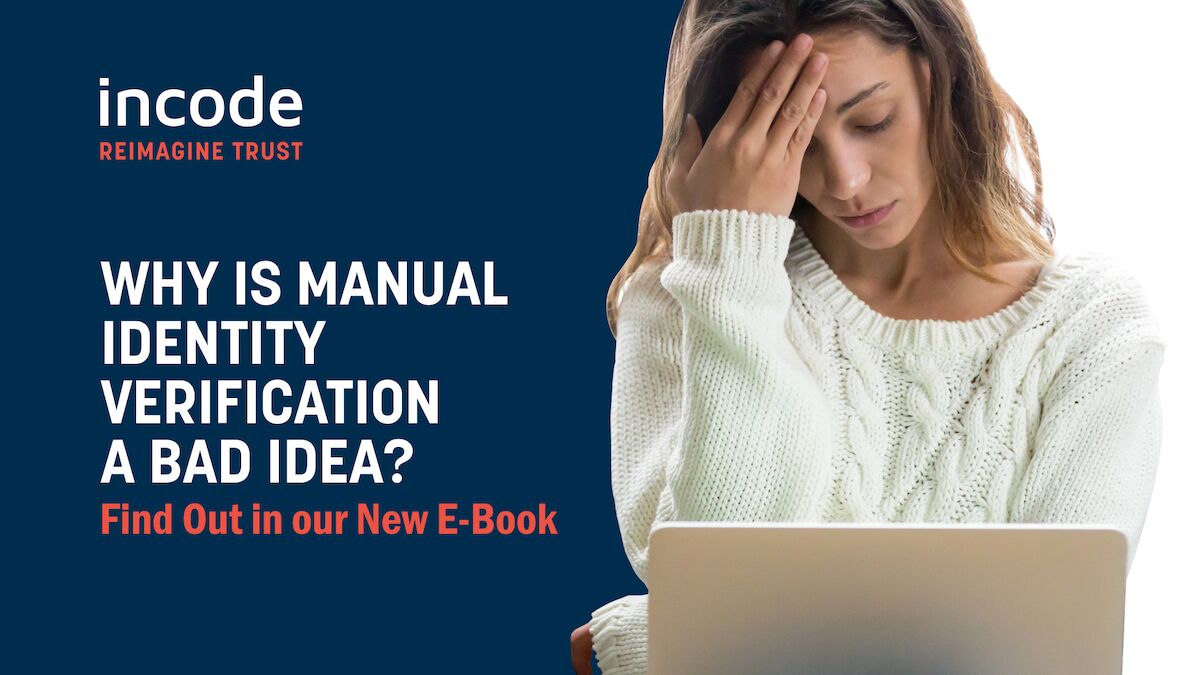Some organizations implement Electronic Know Your Customer (eKYC) solutions that rely on manual identity verification, rather than automated identity verification. These organizations need to know about three problems present in manual identity verification.
One critical drawback of manual identity verification is that manual identity verification compromises accuracy.
- Manual reviewers may not be equipped to identify fraud. For example, a fraudulent driver’s license may look just like a real driver’s license when viewed in normal light, or even in ultraviolet light.
- Electronic identity verification offers better accuracy, speed, and privacy by applying artificial intelligence (AI) and machine learning (ML) to consistently evaluate data, such as the security features that should be present on driver’s licenses.
- AI and ML can constantly improve to address new challenges, ensuring that the ability to identify fraudulent documents (or fraudulent faces) becomes more accurate over time.
Do you want to understand more about this critical drawback of manual identity verification?
Would you like to learn about the other two critical drawbacks of manual identity verification?
Would you like to learn how an automatic identity verification solution such as Incode Omni can mitigate these drawbacks?
If you would like to learn more, read Incode Technologies’ latest e-book, “Three Problems with Manual Identity Verification.” You can download the e-book below.
